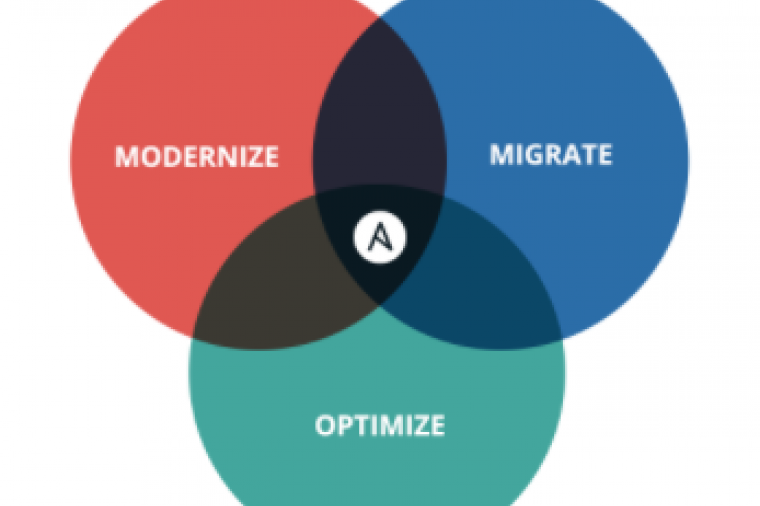
Congress and the Trump administration may not agree on much, but everyone wants to keep pressing federal agencies to strive for modernization with their information technology systems. In hearings just this month, for example, members of the House Veterans Affairs Committee bore in on VA’s struggle to replace its electronic health record system and to modernize its legacy financial and other administrative systems.
Attentive vendors will see the emphasis on modernization in several places. One approach the administration has pushed is so-called centers of excellence, focused initiatives piloted at specific agencies. So far the COEs have located at the Agriculture Department. There, development projects aim to produce better digital services to farmers.
But sometime this month, several more COEs will be established. At one recent forum, Anil Cheriyan, the director of the Technology Transformation Service at the General Services Administration, said one of them will explore robotic process automation.
RPA has joined the lexicon as a hoped-for way to ease the burden on IT staffs dealing with constant movement of workloads to and from clouds, or for the many subroutines required by cybersecurity monitoring, patching, and mitigation.
Beyond the COEs specifically, the administration wants to see IT systems modernized generally. For 2020 it’s proposing a flat IT budget, although if enacted it would still be about $2.7 billion higher than in 2018. Looking more closely, you’ll see a cut in proposed DOD IT spending of about $1.2 billion, but an increase of $1 billion for civilian agencies.
The revised IT modernization cross-agency priority goal stresses digital services, reducing cybersecurity risks, and rebuilding the IT workforce. One way to do pay for such projects is the Technology Modernization Fund ⎯ which requires Congress to go along. The last round of funding amounted to $100 million, and not all of it was distributed by the TMF Board. It’s not clear how much the administration will ask for the TMF for 2020, but expect Congress to take up the issue.
Key to contracts awarded with TMF funds will be your ability to show how the resulting project will pay itself back. In theory, anyhow, agencies are supposed to pay back the TMF with future savings.
The modernization drive has produced a curious phenomenon. Some agencies are rebuilding their ranks of federal employee software coders. The Air Force is one example on the DOD side, the Veterans Affairs Department on the civilian. VA, like several agencies, is also using the U.S. Digital Service USDS) for certain coding projects.
This all means software development vendors will have to demonstrate how their methodologies and results will be faster and better than agencies’ own efforts. Commercial software vendors will have to show why a COTS solution is superior to what, say, USDS can put out. As an aside, a strong competition is brewing among purveyors so-called no-code software that extracts logic from legacy systems and automatically re-renders it in modern, more easily supported code.
Modernization won’t totally be a software effort. Cloud computing remains very much an imperative, endorsed by both the administration and Congress. Cloud reduces government hardware infrastructure ⎯ but all hardware exists for the purpose of running software. Thus the emphasis on perfecting a cloud version of the Trusted Internet Connection and on the refinement of the Federal Risk and Authorization Management (FedRAMP) program so that the government can realize the original idea of transplantable authorities to operate.

















































